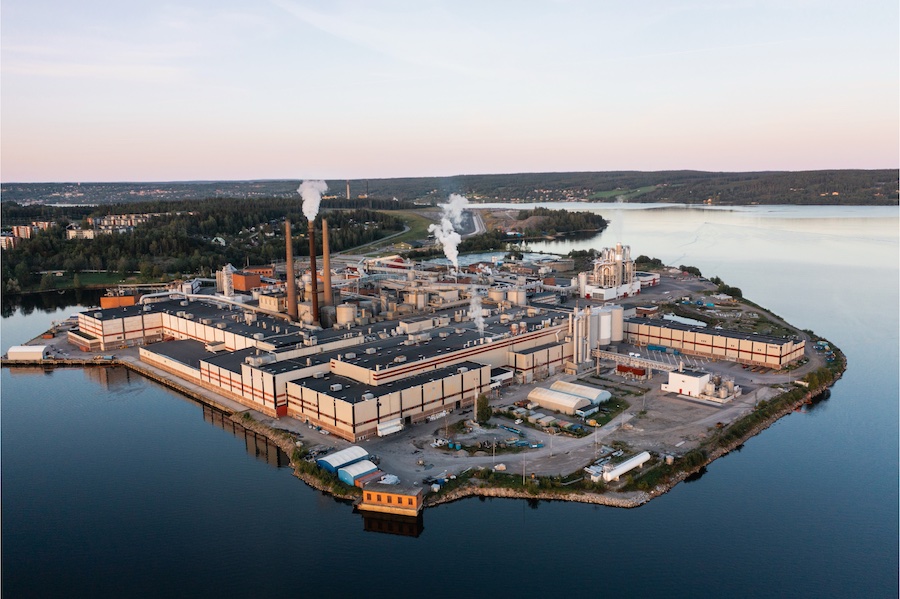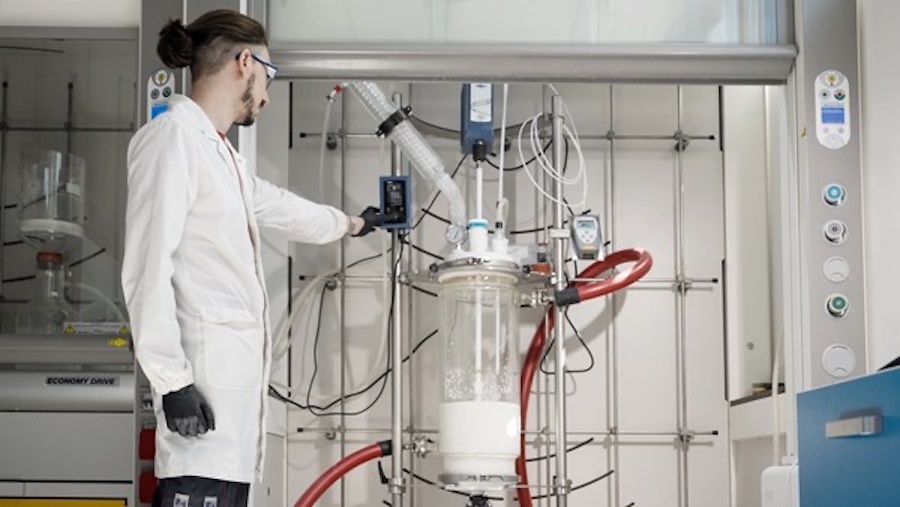#Recycling / Circular Economy
Spinnova, Bergans and Halley Stevensons introduce apparel as next step of Collection of Tomorrow

More consumers can now experience the circular future of textiles
A year ago, the collaboration between the Finnish sustainable material innovation Spinnova, and the traditional Norwegian manufacturer of outdoor equipment, Bergans, was presented in Oslo. The Collection of Tomorrow’s goal is to develop fully circular products using only renewable resources. Product development has continued, and today the second product, a Scandinavian workers shirt, is ready for release.
The comfortable, natural fabric was created in collaboration with Halley Stevensons, British world leading manufacturer and innovator in waxed cotton and weatherproofed fabrics. This was the first apparel quality, dyed and finished fabric Spinnova has introduced.
– We have taken a giant leap forward in textile development, and especially fabric finishing. We are more than pleased with the shirt developed in collaboration with Bergans and Halley Stevensons, says Spinnova’s Chief Commercial Officer Lotta Kopra.
The three partners explain that their main focus has been further development of the 100% recyclable material, and stepping from the accessory category to apparel. The backpack introduced in November 2019 was an organic cotton blend, while the fabric of the shirt is a lyocell blend.
– The backpack was still a prototype and only available in a very small quantity, because the total amount of Bergans x Spinnova material that existed at that time was very limited. If you wanted to buy one, you actually had to apply for it. Now the fabric quantity is raised by 500%. There is no need for an application to buy the Scandinavian workers shirt, but you probably have to be quick to get hold of one, says Product Designer Johannes Flem in Bergans Future Labs, which is the name of Bergans’ innovation department.
-Sustainable innovation is the life blood of our business, and it is a process we are very comfortable with. The opportunity to work together with like mind businesses such as Spinnova and Bergans made perfect sense. We are learning the challenges of working with a new natural fibre which is both exciting and inspiring. Using our niche finishing methods, we aim to help develop a circular product that has both performance and comfortable wearer characteristics, says James Campbell, Managing Director of Halley Stevensons.
Spinnova’s production technology for cellulose-based textile materials has the potential to revolutionize the textile industry globally. What makes the patented process totally unique, is that it does not use any harmful chemicals, produce any waste or side streams and uses 99% less water than the cotton value chain. The Spinnova material is also disruptively circular, and products made of it can be upcycled in the process several times, even without dismantling the product. The Spinnova technology is scaled up to approach commercial production that the company will reach in the near future. ??Buy into it
The Collection of Tomorrow was started to explore the possibilities that lie in innovative technology and how it can take us closer to a fully circular consumption of textiles.
If you buy a Spinnova x Bergans shirt, Bergans and Spinnova emphasise that you understand what you are actually buying. Yes, you will own a really nice handmade shirt, and you will also own a small part of the total amount of Spinnova material that exists in the world. The value of the product is therefore divided in two; one part is the value of the work done to shape the material into a garment, and the other part is the value of the circulating material itself. Right now, the material is shaped like a shirt but in the future, it can be upcycled and become a completely different product in the future.
Last year the interest for the backpack was huge. People from all over the world was eager to own one of the world’s most sustainable and future oriented products. Most of the first Collection of Tomorrow owners liked the backpacks so much that they did not want to give their products back for upcycling.
http://www.bergansfuturelabs.com
















